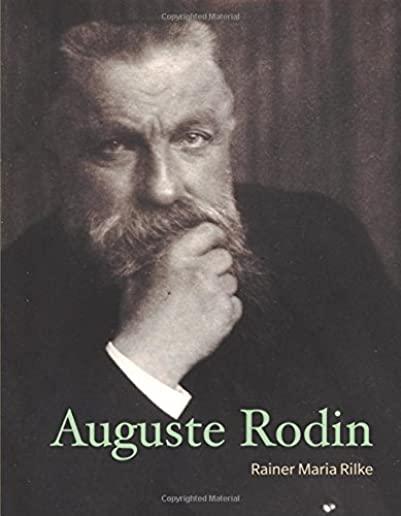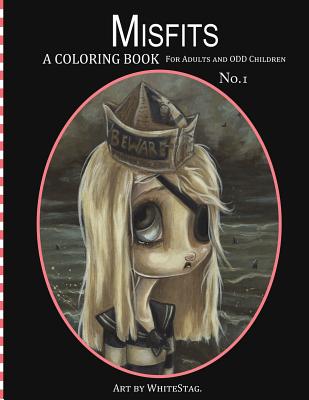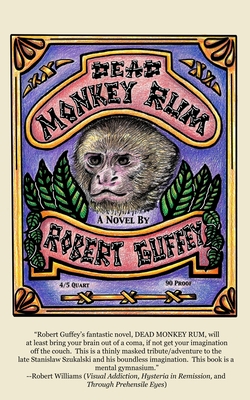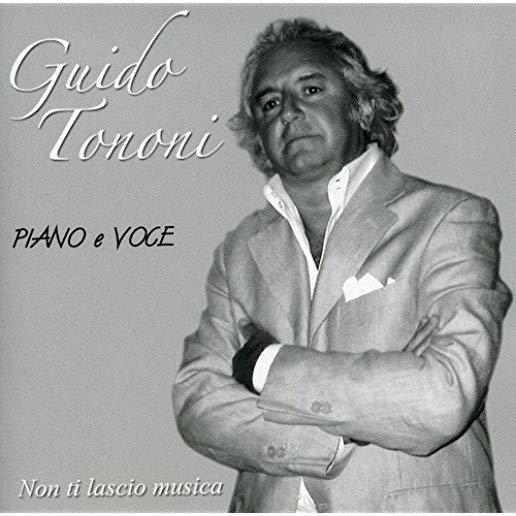
description
8Auguste Rodin (1840-1917) had been widely known for decades when the young Bohemian-Austrian poet Rainer Maria Rilke traveled to Paris to interview him for an essay to be published in a German art book series. Intensely sensitive to art, and in particular to the irreducible power of objects, Rilke responded to Rodin's work in prose of great lyricism and clarity. His essay, a sustained and deeply personal meditation on Rodin's sculpture, was published in 1903. Loosely structured around a chronology of Rodin's life, it serves as an engaging introduction to both the sculpture of Rodin and the maturing sensibility of its author. Rilke stayed on to work as Rodin's secretary, in one of the most intriguing apprenticeships in the annals of twentieth-century culture; the second volume of his breakthrough collection New Poems (1908) would be dedicated to the sculptor who so deeply influenced it. The Rodin essay, meanwhile, was met with great acclaim in Germany, selling tens of thousands of copies during the poet's lifetime. It is published here in the original English translation of 1919 by an American poet and artist, Jessie Lemont, and her husband, Hans Trausil, both of whom knew Rilke and Rodin well. An introduction by the scholar Alexandria Parigoris situates the essay in the context of both men's work and assesses its enduring value today.
member goods
No member items were found under this heading.
Return Policy
All sales are final
Shipping
No special shipping considerations available.
Shipping fees determined at checkout.







